How the Play-to-Earn (P2E) Industry is Reshaping The Way We Think About Interacting With The Blockchain

The blockchain was essentially introduced properly, or in other words, it was made to function in a way that was appealing and which solved the “double spending” issue found within previous projects with the introduction of the Bitcoin cryptocurrency through the whitepaper known as “Bitcoin: A Peer-to-Peer Electronic Cash System” which was introduced by Satoshi Nakamoto, the pseudonym used by the original creator or group of people that created the Bitcoin blockchain and its native cryptocurrency, BTC.
However, in its recent history, we have seen an evolution of the blockchain space. By default, we thought of cryptocurrencies as not much more than just currencies that came in a digital form that could be sent from one part of the world to another without the involvement of an intermediary but through the utilization of the peer-to-peer (P2P) network, which made things far cheaper, faster, and more efficient. This was due to the fact that the blockchain never sleeps but works 24/7/365, which means that it did not have any downtime, as the case would be when we look at traditional finance.
However, with the introduction of the Play-to-Earn (P2E) model within the sphere of decentralized finance (DeFi), we saw an evolution of how blockchains are being utilized by users that would reshape the industry forever. Today, we are going to be diving deeper into Play-to-Earn (P2E) exclusively, so you can have a clearer perspective as well as a level of understanding as to how all of this ties together.
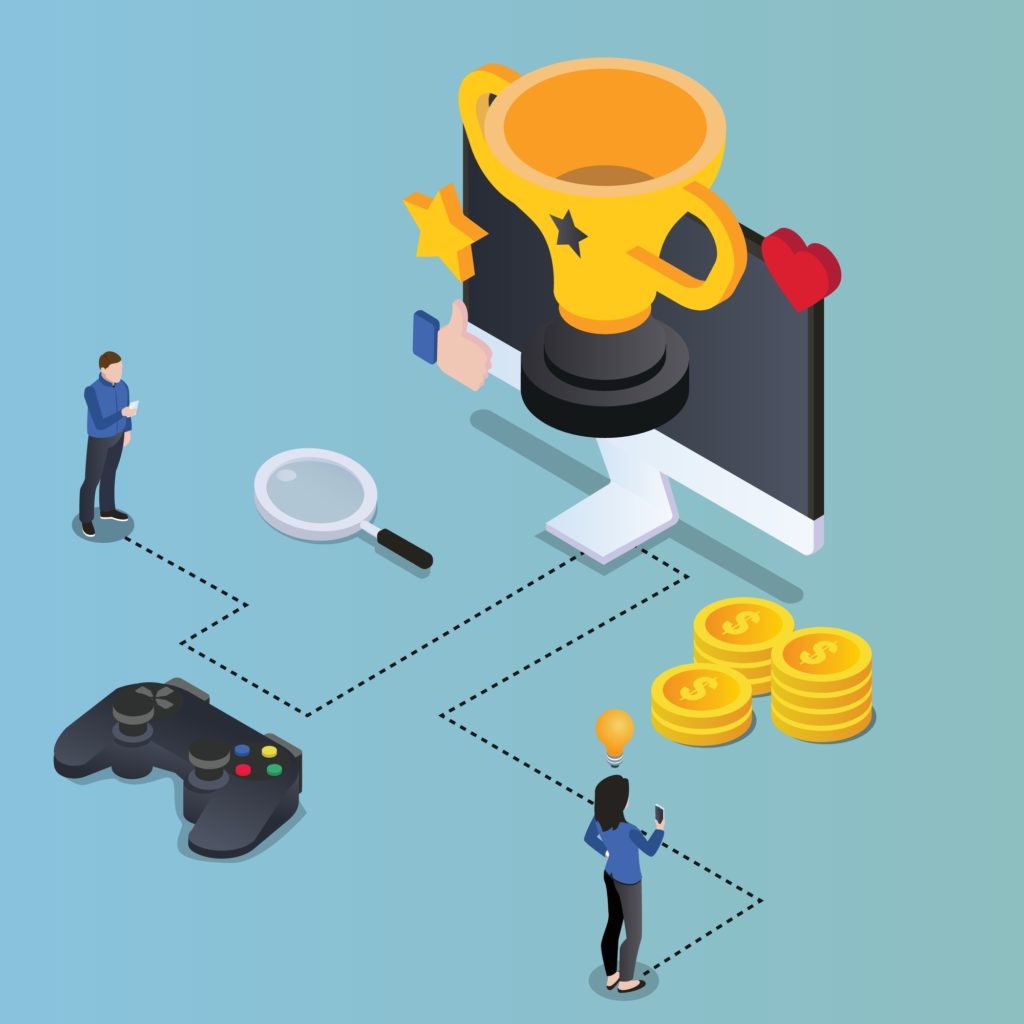
What’s the Play-to-Earn Business Model?
Before we dive too deep into things, we will first need to go over the fundamentals when it comes to this business model and what it essentially means for the crypto space as a whole,
The Play-to-Earn business model is the latest development within the crypto space that has taken the industry by storm. In other words, this is yet another business model that has managed to embrace the concept surrounding an open economy and can provide numerous financial benefits to all and any players that add value through a procedure in which they can provide value within the in-world economy by essentially engaging with a virtual world that is based on top of blockchain technology in some way.
It will likely, in the future, introduce new concepts and retention models which have not yet been seen within the world of modern, traditional interactions with virtual worlds.
Business models which have been related to video games or virtual worlds have essentially evolved throughout time due to the fact that the technology has become more accessible than ever before to audiences.
Let’s take a quick crash course on how games and virtual worlds were explored initially. Back in the early 80s or even 90s, people would essentially visit local game centers and put in money within arcade cabinets as a means of experiencing what the virtual world on the screen had on offer. These games would essentially require money each time a player lost all of their lives as a means of allowing them to complete it or get the highest score.
However, today, this has shifted with the introduction of numerous home game consoles and smartphones, where anyone can essentially access any game at any point in time, no matter what they are. However, while some players prefer using consoles or desktop computers, or even laptops, others prefer to use smartphones as a means of experiencing what all of this has on offer, and today, we are going to go over everything you need to know surrounding this Play-to-Earn (P2E) industry.
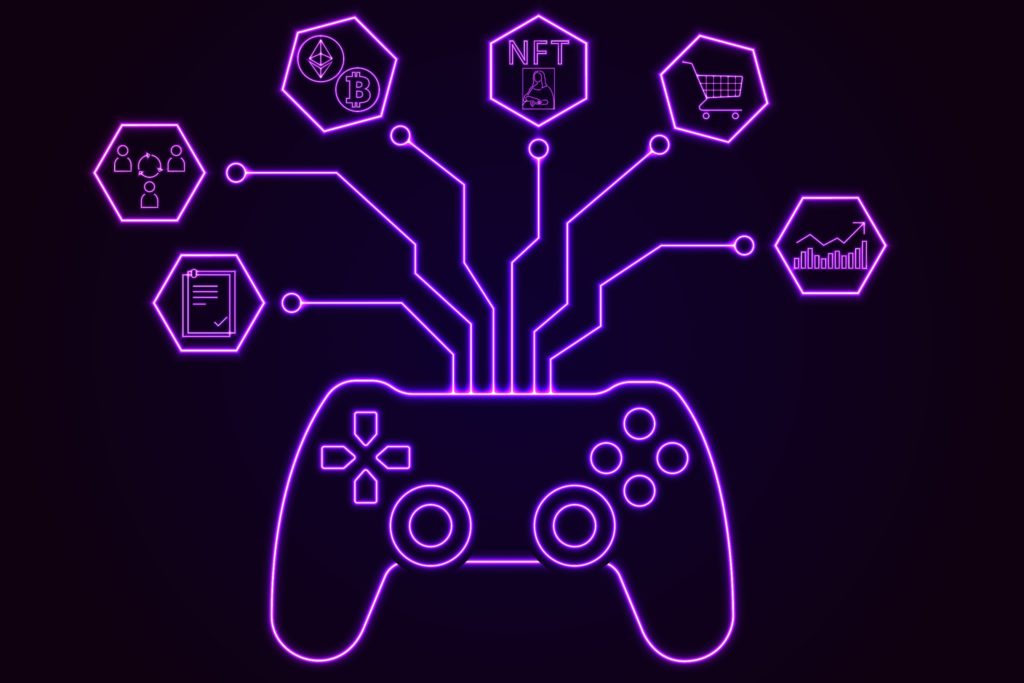
The Basis of Play-to-Earn (P2E)
If you wanted to explore a traditional gaming world, you would need to outright purchase the game itself. This is done by buying a license from a digital store or a physical copy of the game from a local shop. What this means is that each of these worlds will come with a steep financial commitment, and you will find that numerous games will cost from $60 to $70 dollars on release due to the fact that most of these titles cost millions to produce.
As such, many players were discouraged by the idea of essentially paying that much for every single new release. There are free-to-play (F2P) games. However, these also came with their own cons as they required real money to purchase in-game items such as skins.
The Play-to-Earn (P2E) business model is essentially a business model that allows any player to get a game completely for free without needing to commit to any finances. Free-to-play (F2P) or freemium games are fully downloadable titles that provide their consumers with limited as well as constrained experiences. What this means is that typically, F2P games will ask players to pay in order to speed up specific progression or to get specific items. This means they need to pay for any in-game currencies, extra content, or special cosmetics.
However, throughout the past few years, these games have made billions of dollars in revenue, and nothing has quite managed to stop their level of success. This is how the free-to-play business model has evolved, and by this point, many developers have mastered how free-to-play monetization actually works. This Play-to-Earn (P2E) business model features numerous similarities with the F2P one, where F2P games feature P2E mechanics. However, Play-to-Earn (P2E) also lets players make money and earn something of value that can be converted into money in the real world.
In simpler terms, Play-to-Earn (P2E) blockchain-based gaming provides value to the time players commit within these virtual worlds, and now, we are going to go over how all of it works.
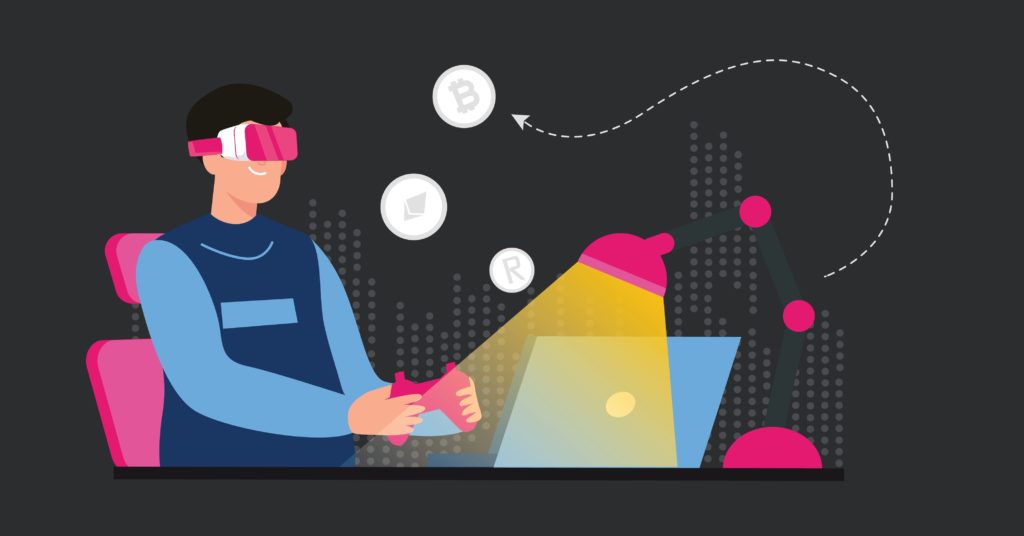
How Play-to-Earn (P2E) Works
Play-to-Earn (P2E) fundamentally functions by providing players access to ownership over their in-game assets, and this, in turn, lets them increase their value by actively playing the game, which is the key component surrounding this model.
In other words, through the procedure of participation within the in-game economy, players can create value for other players and the developers as well. They are rewarded in the form of in-game items or an in-world cryptocurrency.
Furthermore, these digital assets can be anything that ranges from cryptocurrencies to in-game resources that can be tokenized on top of the blockchain, and this is why the Play-to-Earn (P2E) has been connected so well to blockchain-based games.
IN this Play-to-Earn (P2E) business model, the game developers essentially reward each and every one of their players for committing the time as well as the effort within their games.
Typically, these will be projects that feature a two-token system. First, there is the native cryptocurrency that is responsible for the procedure of loading funding for the project, and this will be a token found within many decentralized exchanges (DEXs), which has a value associated with it that can, later on, be converted into USD on some specific platform. This means that one of the tokens can always have its value tied to FIAT currency, which can be used in the real world and has real-world value as a result of this.
Then there is the second token that is typically found within these games, and this is known as the in-world token. Here what essentially happens is that the player can earn these tokens by participating in a variety of different activities within the virtual world. Once they get a specific amount of this token, they can use it to buy in-game items that come in the form of non-fungible tokens (NFTs) or can get NFTs just by playing. These can, later on, be sold at an in-game store or marketplace for the value of the first cryptocurrency, which can be converted into FIAT and give real-world value to the player.
In most cases, players have to decide which items or, in this case, NFTs they can sell and which ones they would be better off not to sell, as they can essentially benefit from holding expensive items in-game more due to the fact that those would allow them to get more in-game currencies quicker.
All blockchain-based games are accompanied by an in-game currency and marketplace as a result of this, which features its own in-game economy. Unlike the case with traditional gaming, there aren’t any centralized authorities that are in control, and instead, GameFi projects are usually managed and governed by the community, with players even able to participate in the decision-making process.
While the mechanics, as well as the economics surrounding individual GameFi projects, can be different, there are a few things that are common across a vast majority of them, and these include:
- They Utilize Blockchain Technology – GameFi projects will typically run on a blockchain’s distributed ledger, which means that they can easily keep track of player ownership, all whilst being able to ensure that all transactions are transparent.
- They Utilize the Play-to-Earn Business Model – These games incentivize players to essentially play and progress by offering them rewards that have measurable value outside of the game, and they typically come in the form of in-game cryptocurrencies or non-fungible tokens (NFTs).
- They Utilize Asset Ownership Functionality – when we look at traditional gaming, the in-game purchases are non-transferable investments locked within a single game. What this means is that within these worlds, while your account is technically linked to the items you purchase, they are still all under the ownership of the company that essentially developed and then published the game. You cannot really transfer them outside of the game, and you cannot really do much with any of the in-game items outside of the main game. However, with the Play-to-Earn (P2E) model, players own their in-game tokenized assets, which means that they can exchange them for cryptocurrencies and FIAT currencies eventually. These items can range from a suit of armor to a plot of virtual land, which is tokenized on the blockchain, can be transferred from any cryptocurrency wallet that supports the token standard, and then converted on decentralized exchanges (DEXs) to other cryptocurrencies and then FIAT currencies.
- They Implement Decentralized Finance (DeFi) Solutions – Numerous GameFi projects can also include decentralized finance (DeFi) elements, which can include yield farming, liquidity mining, and staking. These provide additional ways and methods through which players can increase their token assets.
The History of P2E – How we Transitioned From Pay-to-Play to Play-to-Earn
Prior to the introduction of blockchain technology within the sphere of gaming, games were split into two main models of monetization: pay-to-play and free-to-play. However, a new model emerged, known as Play-to-Earn, and in order for us to truly understand it, we will first need to go over the history.
Pay-to-Play (P2P): Where It All Started
It all started in the form of arcade games that can be traced back to the 70s. Here, arcade video games worked off a pay-per-play model; in other words, these games were monetized per every single play. Those players that would visit the arcade cabinets would need to essentially put in a small amount of money to enjoy the game for a limited time. This proved to be hugely profitable, and by the 80s, the arcade video game industry managed to generate annual revenue of $8 billion USD, which surpassed the pop music and Hollywood box office industries combined.
Then, home consoles began to arrive at the scene where game developers were introduced to a new way through which they could monetize their games. Unlike the pay-per-play model, which required ongoing microtransaction in which a gamer would be less willing to essentially commit more time due to the fact that they had already bought the game and the console, this new method of payment meant that players could simply pay a one-off sum in order to gain complete access to a game.
Then we saw the introduction of subscription models, which were games that required the players to essentially make regular subscription fee payments in order to maintain their access to all parts of a specific game when they were introduced. This was popular across games such as MMORPGs (massively multiplayer online role-playing games), the most popular examples being Runescape and World of Warcraft for example.
Furthermore, we saw the introduction of expansion packs as well as downloadable content (DLC), where players were enticed to spend extra in order to unlock specific additional storylines, maps, skins, weapons, or other in-game advantages.
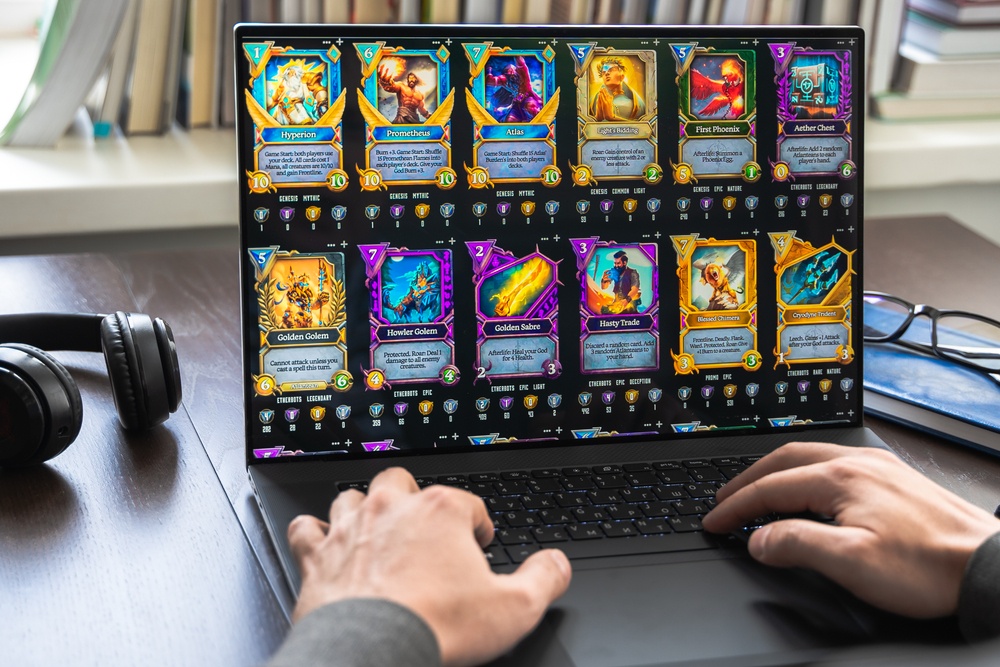
Free-to-Play Games (F2P): The First True Evolution
Then came the Free-to-Play Games (F2P) and business model, where players could access the game, as well as the core mechanics of the game, completely for free but are encouraged to essentially spend money on enhancements within the game. This can include additional lives, unlimited playing time, in-game currencies, personalized skins and avatars or cosmetic items, additional content, or just the removal of any advertisements within the game.
When the Google Play Store and the Apple App Store launched, a majority of early mobile games relied on upfront payments for games. However, when these systems introduced in-app purchases for free applications, suddenly, developers shifted to this microtransaction-based payment model where players could get in-game currency and resources, to enhance their experience.
This is when we saw freemium games, such as DOTA 2, CS: GO, Fortnite, and many others, that adopted the free-to-play business model while offering purchasable cosmetics.
Ultimately, what these two monetization models have in common is that, in order for a player to make money out of these games, they would need to utilize a third-party platform to record and upload their gameplay, stream the games, or essentially win esports tournaments. What this meant was that only select players with a high skill level or enthusiasm could be able to monetize any of the time they spent playing these P2P and F2P games.
It was clear by this point in time that we needed a new way through which gaming could be monetized, and this came with the introduction of Play-to-Earn (P2E).
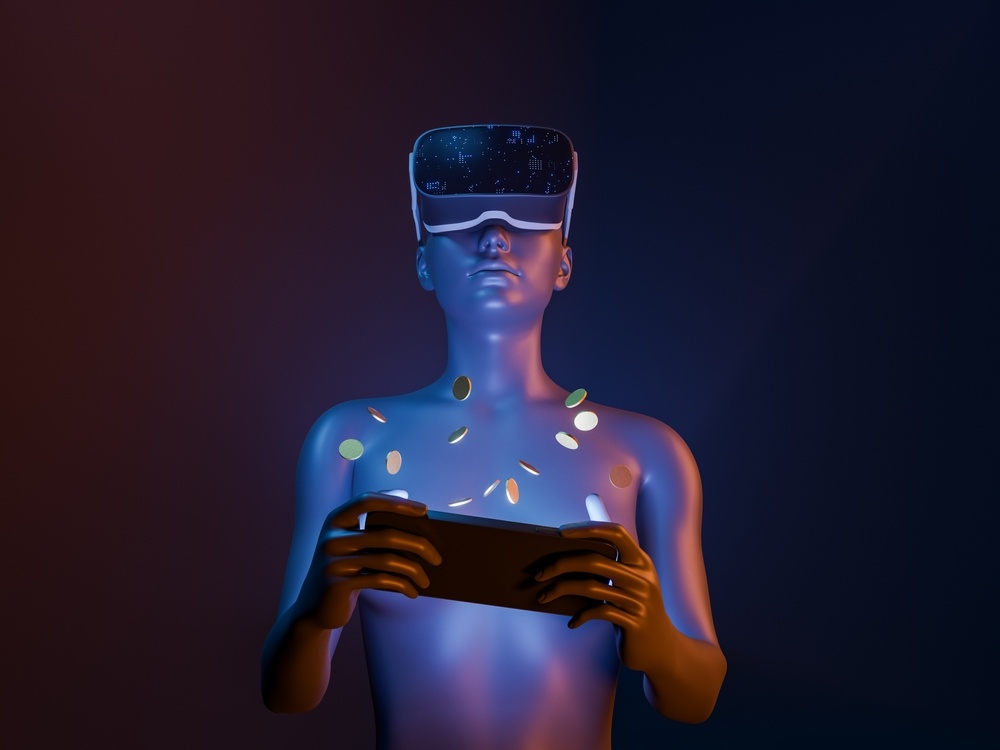
Play-to-Earn (P2E): The Future
Back in 2017, we saw the launch of CryptoKitties on top of the Ethereum (ETH) blockchain network. This is recognized as one of the first blockchain-based games. Shortly after its launch, we saw numerous other projects get launched as a means of trying to replicate its level of success. Each of the games developed utilizes the P2E economic model, which provides players with the opportunity to monetize their time spent playing games.
Before P2E, the economics within these games flowed from the player to the publisher, but not the other way around.
With the F2P model, however, players can get compensated for their efforts as well as time spent online with digital assets which have value outside of the game and that can appreciate over time. Due to the fact that these assets get stored on top of a blockchain, they are essentially owned by the players and not the game developer.
The value of digital assets is volatile and may also depreciate over time in some cases, which is something that all players need to keep in mind.
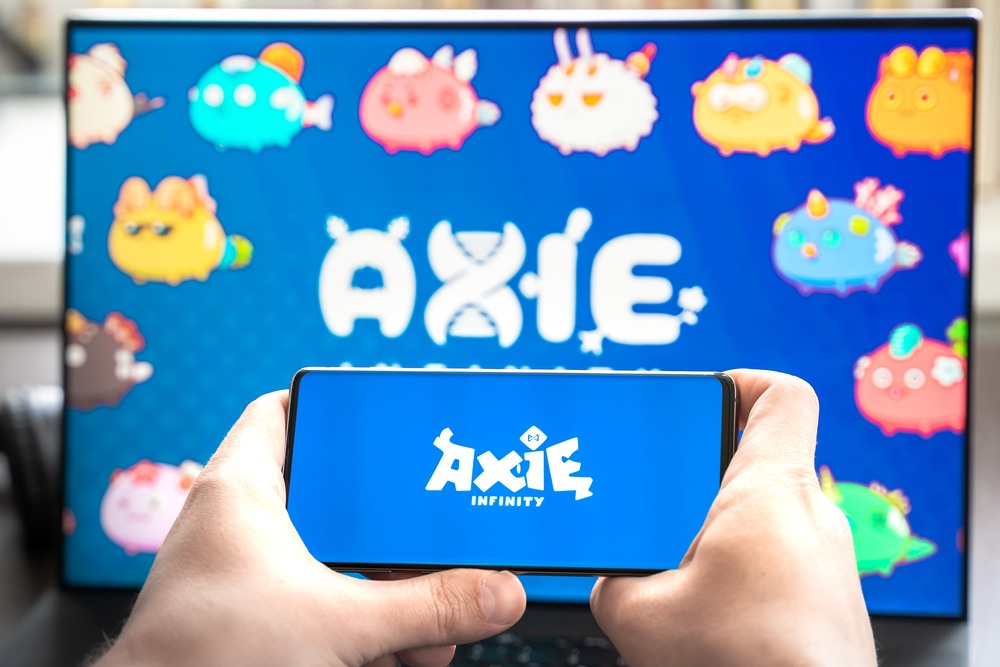
In P2E gaming, in-game assets are typically represented in the form of non-fungible tokens (NFTs), which players can essentially get through in-game advancement and gameplay. This means that they can complete specific tasks, challenges, duels, or even competitions. The main advantage of these NFTs is that they can essentially be exchanged for cryptocurrencies at any point in time, which can later be exchanged for FIAT currencies on third-party exchanges, which means that they have spawned a new digital economy. Some of the most popular games and metaverses that utilize the Play-to-Earn (P2E) model today include:
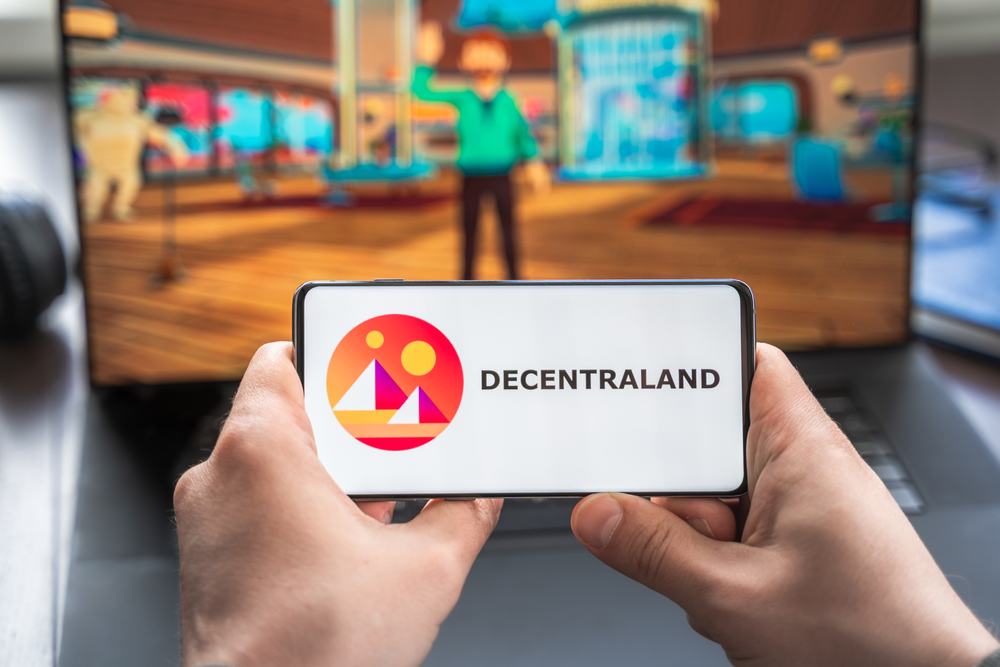
Another way through which this can be easily explained is by looking at traditional gaming yet again. In traditional gaming, developers control all in-game economics, while players in P2E games have ownership and control over their digital assets.

What this means is that players can also be provided with the opportunity to essentially contribute to game decisions and help shape the overall future of the game by the accumulation of tokens.
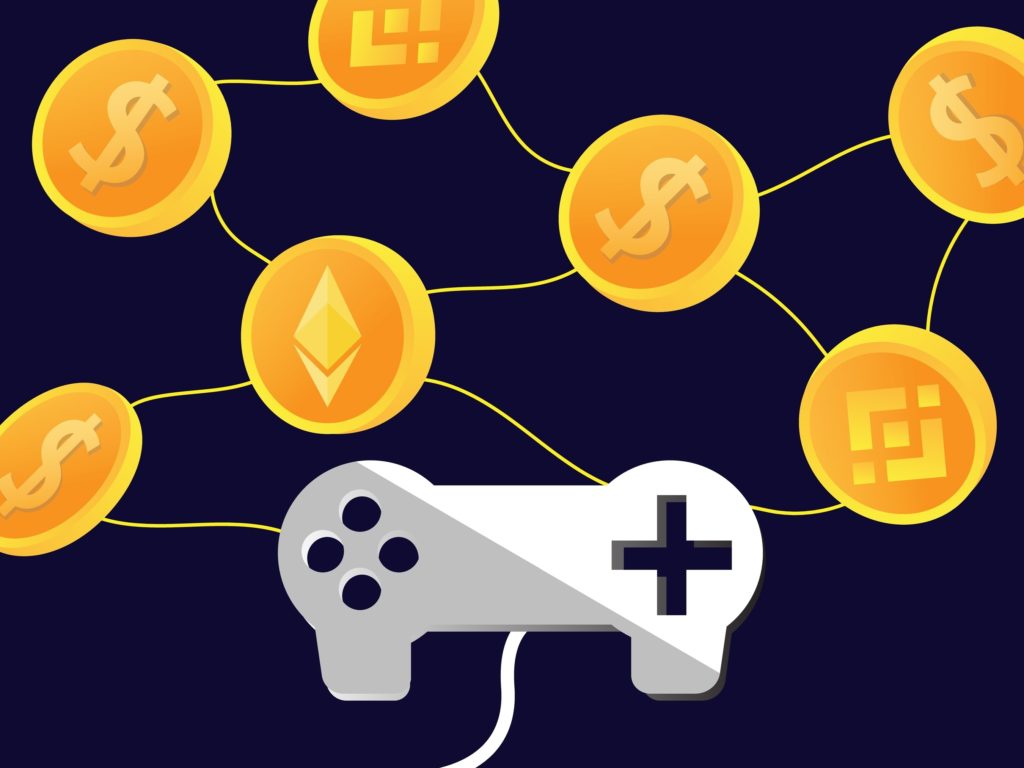
How Users Can Begin Utilizing the Play-to-Earn (P2E) Model
The process of getting into Play-to-Earn (P2E) is quite streamlined today as well, and it is simpler to get into than ever before throughout history.
In order to make any in-world transactions and store virtual currencies as well as NFTs that are collected throughout the gameplay sessions, players need access to a cryptocurrency wallet.
There are numerous types of cryptocurrency wallets out there, as well as numerous platforms that support on-exchange or on-brokerage cryptocurrency wallets. Most demand the use of specific wallets, however, such as ones that follow the ERC-20 token standard or the BEP-20 token standard. Make sure that you visit the game’s official website in order to get a clear level of understanding as well as an indication as to which wallets are actually supported.
Then, players will need to connect their cryptocurrency wallet to the official website. Then they can pre-fund the cryptocurrency wallet with a compatible cryptocurrency in order to purchase any starter items, such as characters required to begin playing the game or in-game currencies. This is all players need to do in order to initially get started with Play-to-Earn (P2E) gaming, which makes the entire process simple, streamlined, and easy to understand by anyone, no matter their prior experience.
Roadblocks Involved with Widespread Adoption of Play-to-Earn
There are numerous reasons why P2E has not experienced mainstream adoption yet.
Specifically, the primary draw of blockchain-based games is described as money-making. If GameFi aims to go mainstream, it needs to shift the focus from crypto first, game second, which is currently prevalent. What this means is that if the payability of the games is not of a high enough standard to attract and even retain gamers without a financial incentive. Furthermore, there is also the issue with scalability, as many blockchain-based transactions are limited by the blockchain’s throughput (Transactions per second) limit.
Then there’s the case with NFTs. NFTs need to be implemented in a way in which they provide actual value to players and are not just microtransactions that have been covered in a new day. Games need to put their focus on creating a quality game first and then focus on the Play-to-Earn (P2E) mechanics.
How Play-to-Earn Changed The Way We Think About Interacting With The Blockchain
It is clear that this is a major difference when compared to traditional forms of gaming, and it is clear that this has fundamentally reshaped the way we think about interacting with the blockchain, but in what way? Let’s explore how Play-to-Earn (P2E) has shifted the perspective of blockchain gaming and interaction with blockchain networks and the sphere of Decentralized Finance (DeFi) in the minds of many people.
Traditionally, with the rise of Bitcoin (BTC), we originally thought of interacting with the blockchain as just simply sending value from one location to another location on a global scale.
Then, with the introduction of the Ethereum (ETH) blockchain, we saw numerous other improvements within the crypto space. Specifically, here saw the introduction of numerous technologies that reshaped the entire industry.
Smart contracts are essentially programs that are coded to be stored on top of a blockchain network and run automatically at the point in time when predetermined conditions are met, which makes them exceptional for automation. They are defined as self-executing contracts and are utilized throughout many aspects of DeFi.
Through them, we saw the rise of Decentralized finance (DeFi), which offer financial instruments to users without relying on centralized, third-party intermediaries such as brokerages, exchanges, or banks, and instead leverage the power of smart contracts on a blockchain.
Then there are decentralized applications (dApps), which are a representation of an application that can operate autonomously, with the usage of the aforementioned smart contracts, which run on decentralized networks. They provide some function or utility to users who were otherwise locked within centralized solutions.
The next evolution of this branch is Play-to-Earn (P2E). All of the aforementioned features, such as smart contracts, dApps, and DeFi, come together within P2E. All of them are essential to making this a possibility.
Whenever users interact with these virtual worlds, they earn NFTs or tokens that can eventually be converted into FIAT currencies.
You might be asking yourself at this point in time how the games or projects, in this case, end up making money out of all of this. The games earn through transaction fees. Specifically, every time new players make a purchase of the in-game currency, for example, the platform charges a fee, and this is a representation of a major revenue stream for the game. The most appealing part of the games, however, is the price appreciation of their native tokens in some cases.
The fundamental way through which Play-to-Earn (P2E) reshaped the way we think about blockchain technology is in the fact that it made the overall experience fun. For years, the blockchain space was seen as an exclusive club, for example, where only those who are financially well inclined, or in other words, wealthy, could use their advanced knowledge in order to utilize the vast systems involved with staking, yield farming, and liquidity pools as a means of enhancing their wealth.
However, when Play-to-Earn (P2E) entered the crypto space, we saw the introduction of yet another way through which even the most average person out there could benefit from blockchain technology.
Specifically, Play-to-Earn (P2E) games introduced a simple yet fun way where the everyday person can interact with the blockchain and begin earning.
The aforementioned staking and yield farming systems are still a big part of the equation; however, within these virtual worlds, they are represented in a way where everything is in the theme of the game and where it is fully easy to understand and use by anyone. Additionally, many people might feel a lot more comfortable when it comes to using these systems rather than using other types of dApps due to the fact that they have a lighthearted tone associated with them.
Furthermore, the Play-to-Earn (P2E) projects that are currently within the crypto sphere are some of the most popular and largest in terms of market capitalization, which is a clear indication that there is a true demand for them.
Based on everything thus far, the fact is that the gaming industry is one of the largest forms of entertainment on a global scale, and by leveraging blockchain technology, it can reach never-before lengths in terms of how it can both capitalize on itself and how it can provide value to players.
Players will no longer have their items and characters locked to a centralized server that the publishing company and development studio behind the game own and maintain, and even if a game were to crash or even go offline permanently, all of the in-game items would be stored in the form of non-fungible tokens (NFTs) in the cryptocurrency wallets of the users, which would, in turn, allow them to own them permanently, or sell them at any point in time even if the game ceases to exist, which is why they are in such high demand.

Are Play-to-Earn Games Secure?
By this point in time, you might be wondering, are these games actually truly secure? Well, for cryptocurrency games, the critical difference when compared to many traditional gaming experiences is the fact that the games, currencies, and items exist on top of a blockchain. A blockchain has numerous properties that easily prove ownership, legitimacy of these items as well as their overall rarity.
You can think of a blockchain network as a database that is immutable. In other words, it is maintained by a distributed network of computers, all of which hold a copy of the blockchain data. What this means is that it is virtually impossible for someone to essentially change, duplicate or even delete the data that is stored on top of the blockchain in question.
This means that blockchain games can be developed in a way that can prevent fraud or any corruption, which can include, for example, item duplication, hacks, or any exploits that have been common within traditional gaming structures. Furthermore, another crucial aspect of the value of an in-game item is its rarity, and due to the utilization of blockchain technology, in this case, the items cannot be copied later on. If an item is unique, there is no way for it to ever be replicated due to the fact that it is based on non-fungible token (NFT) technology.
An NFT can be defined as essentially this record on a blockchain that is associated with a particular digital or physical asset. The ownership surrounding this NFT is recorded on top of the blockchain and can be transferred by the owner, which allows NFTs to get sold as well as traded.

Future of Play-to-Earn (P2E)
It is clear that this part of the blockchain space is new, and it is here to stay. There are literally thousands of games being developed on a regular basis that aim to leverage the usage of Play-to-Earn (P2E) gameplay mechanics and gain value out of the blockchain space.
The success of NFTs has fueled the overall demand for Play-to-Earn (P2E) games and the implementation of NFTs within these games as a monetization model for players.
There have been numerous innovations and unique implementations of Play-to-Earn (P2E), such as the move-to-earn (M2E) games and apps such as Stepn, for example, in a niche known as FintessFi. Stepn, for example, is a smartphone application developed on Solana (SOL), where users can earn money for walking, jogging, or even running. What this essentially means for us is the fact that Play-to-Earn (P2E) can, over time, find its way into a lot more use-cases than just video games, and we might get paid for almost everything that we do in the real world by default anyways, which can incentivize us to remain fit, healthy, read, learn, and a lot more.
It took many years for the blockchain industry to get to the point where it is today, and it took decades of video game evolution for players to finally get the opportunity to earn money while engaging with something that they truly enjoy and believe in.
The future is in P2E, and the current games and overall structure of the blockchain space represent just the start of something that is yet to come in the future. We might even see AAA developers in the future start implementing these mechanisms and get virtual-reality-based games that will fully immerse us in these experiences. In the long-term, we might even be able to do our full-time jobs in a 3D rendered virtual environment without ever needing to leave our homes, all of which will be powered by the Play-to-Earn (P2E) mechanisms introduced today.
Hopefully, now you know as much as possible surrounding how the Play-to-Earn(P2E) industry is reshaping the way we think about interacting with the blockchain.
